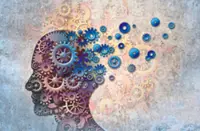PETALING JAYA: Artificial intelligence (AI) technology will be applied in the ecosystem of five main sectors to boost delivery of services and work efficiency.
The five sectors are medical and healthcare; education; agriculture and forestry; smart cities and transportation; and public service.
Follow us on our official WhatsApp channel for breaking news alerts and key updates!
Thank you for your report!





